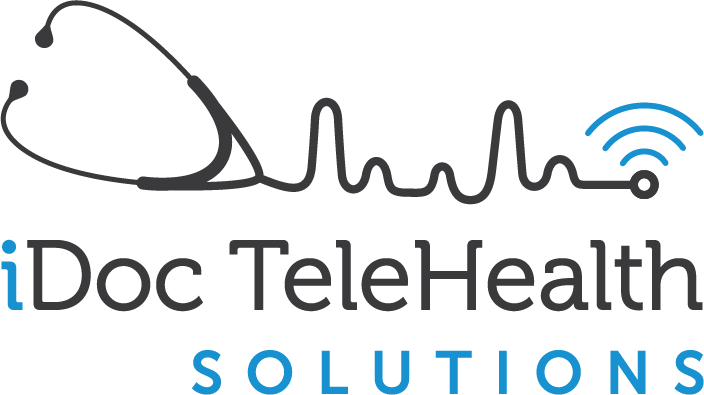History & Evolution
The World Health Organization defines telemedicine as “the delivery of health care services, where distance is a critical factor ... using information and communication technologies for diagnosis, treatment and prevention of disease and injuries.”
While the earliest versions of telemedicine were highly limited, technological advances have exponentially increased the possibilities and positive outcomes.
A considerable and growing body of evidence highlights the benefits of telemedicine in many fields:
- Tele-ICU improves ICU mortality rates and reduces patient stays, while offering benefits such as better cardiovascular critical care, reduced hospital transfers and increased staff satisfaction, according to a 2018 meta analysis.
- The tele-ICU model of care reduced mortality rates by 29 percent and ICU stays by more than one- third, saving more than 26,000 ICU days across the 17 hospitals, according to a 2017 study.
- Telemedicine improves CVD and stroke outcomes, reduces hospitalization rates and decreases mortality while improving the cost effectiveness of care, according to a 2016 review article for the American Heart Association
- Emerging research shows that telepsychiatry improves access to care and is as effective as in-person treatment.
Reimbursement trends also affirm the efficacy of telemedicine. Thirty-eight states and Washington D.C. have passed coverage parity policies, requiring commercial insurers to offer coverage similar to in-person care for a variety of conditions. All Medicaid agencies have adopted some type of coverage for telehealth. iDoc monitors the ever-evolving state-by-state reimbursement policies and can help your organization stay up-to-date and implement the most effective reimbursement model.
Technological advances are constantly accelerating and our company continually monitors the technology landscape and incorporates cutting-edge advances.

